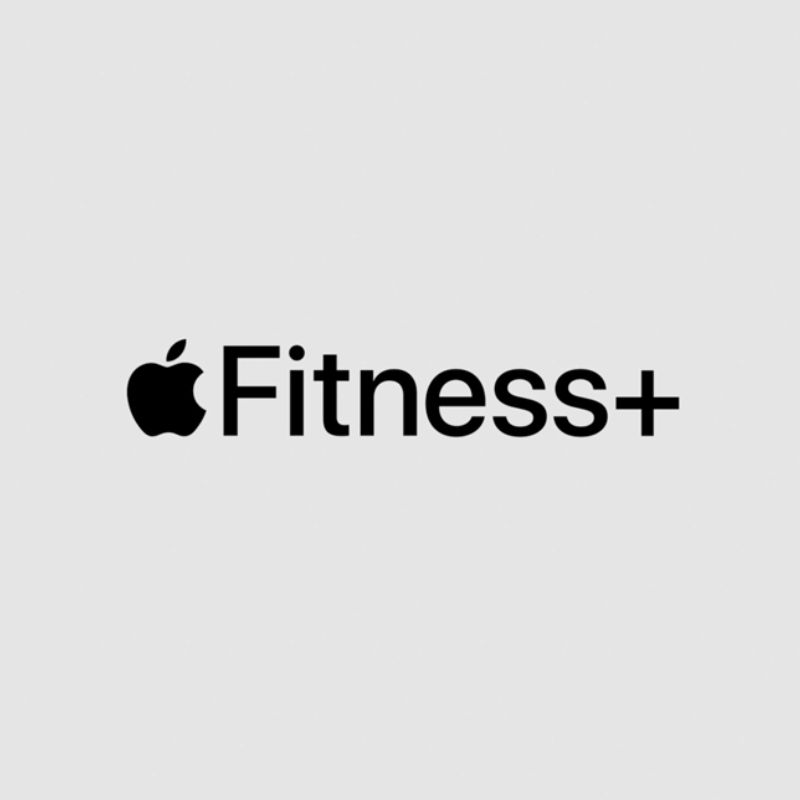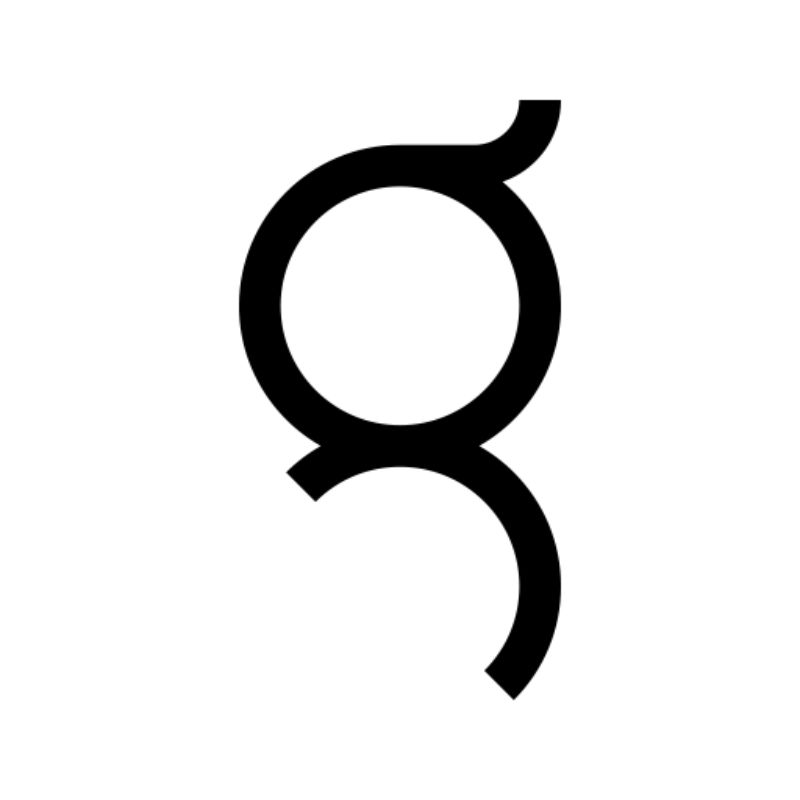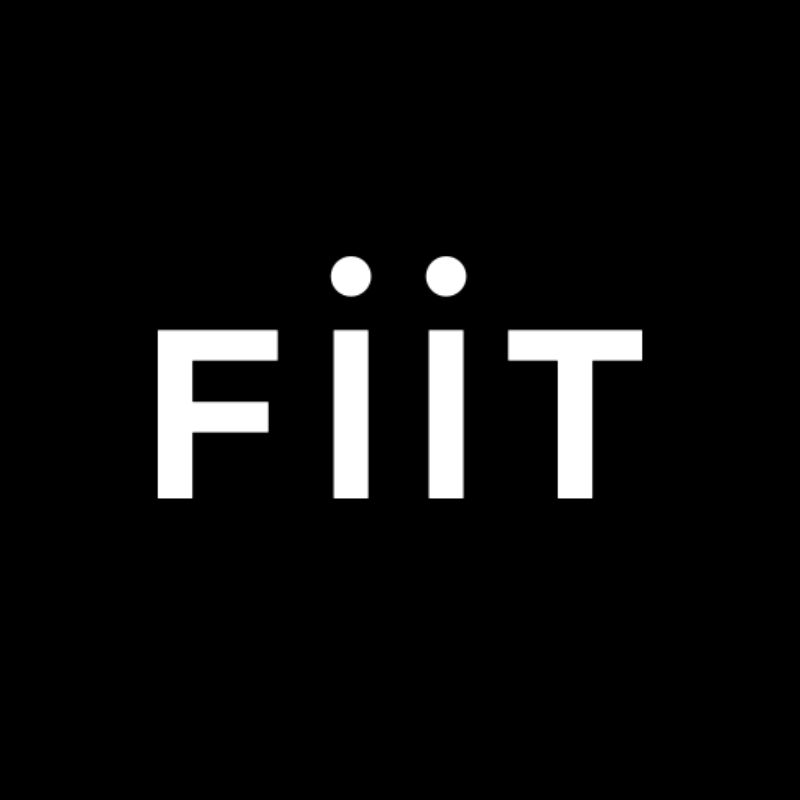
With prices rising for studios and gyms around the country, it's clear that one of the best workout apps could be a good alternative - at least some of the time. From walking apps that help you get outside to apps for the gym that take you from beginner to confidence, I've got you covered.
Whether it's to fit exercise into a busy schedule or try something new, workout apps can help boost motivation and help you stay consistent with your workout routine.
Rosie Stockley, a personal trainer and women's fitness specialist, says so, too. "It's important to make positive habits that you can stick to and be realistic," she tells me. "Go for workouts that are going to inspire you and keep you coming back, and also fit with your goals. For example, if you've signed up for a 10km run, you're going to need to focus on a running program to build your strength and endurance, but then you might also want something for your days off, like a stretching app."
As woman&home's digital health editor, I've tested loads of the best workout apps over the years, including favourites like Peloton, Apple Fitness+, and Les Mills. In 2025, these have been my favourites.
The best workout apps for women

Contrary to popular belief, you don't need a Peloton bike (although we'd all love one) to make the most of the Peloton app. You can use any bike in your own home or at the gym and follow along with the famous cycling workouts.
After the free sign-up, you answer a couple of questions about what type of workout you'd like to do, your desired intensity, what equipment you have, and how long you like to ride for, before being offered a selection of sessions to try for yourself from various instructors. On the homepage, you can track how many sessions you've done that week, month, or 90-day period, and a button on the bottom left corner allows you to track activities outside of a Peloton class, like outdoor cycling or hiking.
At almost £30 a month, it is one of the more expensive apps on my list, but it's worth the spend if you prefer exercise classes over working out on your own, as this will be much cheaper per month. Alongside cycling, running, and other cardio workouts, you can follow along with strength training, yoga, Pilates, rowing workouts, stretching, and meditation sessions, making this the most versatile of all the best workout apps.
Cost: £28.99 per month or £289.99 per year
Pros
- No need to have the Peloton bike
- Motivating trainers
- Great value for money
- Various activities to choose from
Cons
- More expensive than other apps

Fitbod is an excellent app for anyone starting resistance training in the gym or looking for a way to plan workouts ahead of time. The app comes with your very own customised training plan after sign-up. You'll get to plan all your workouts with details for reps and sets, and see a quick demonstration of each exercise.
On sign-up, the app will ask you a series of questions - from what type of gym you exercise in and the equipment available to how often you intend to exercise - to determine the best training plan for you. It then creates a full workout schedule based on these factors and even considers recovery time for overworked muscle groups.
The element of Fitbod I found the most beneficial was the workout videos, however. There's so much focus on the benefits of strength training at home, but not every workout app actually shows newcomers in the gym how to use basic equipment like dumbbells, barbells, kettlebells, and even resistance bands. While having a personal trainer is possible for some people, it's not within everyone's budget. Each of the workouts and movements programmed on Fitbod comes with its own video demonstration, so you can learn the right form from day one.
Cost: £99.99 per year or £8.33 per month
Pros
- Easy to use
- All essential features are available for free
- Fully customisable
- Log feature helps with accountability
Cons
- Not suitable for total beginners

If you're an owner of any Apple device, whether that be an iPhone, iPad, or laptop, you can take advantage of everything Apple Fitness+ has to offer - and there's so much. Out of all the workout apps we tried, this was the one that ticked all the boxes as it was versatile, easy to use, had a huge range of workouts, and was relatively budget-friendly with everything considered.
Our editor, Kerrie Hughes, is a keen gym-goer and regularly works out. I challenged her to try the app for an Apple Fitness+ review, and she's not looked back since. "I am so pleasantly surprised with this app. It's been in my back pocket the entire time, though, so I'm kicking myself I've only just discovered it.
"The way the strength classes are structured makes it accessible for everyone - if you have experience, you can follow one instructor and challenge yourself. And if you are a total beginner, there is always someone in the class demoing a scaled-back option, which isn't something many other apps offer," she says.
Apple Fitness+ also offers other workouts, from walking meditations to treadmill workouts, so whatever you're into, an instructor is waiting for you.
Cost: £9.99 per month or £79.99 per year
Pros
- Use with iPhone, Apple Watch, or Apple TV
- Great for beginners
- New classes every week
Cons
- Not as seamless as other workout apps

Glo has one of the largest ranges of yoga sessions I've seen from a home workout app, helping users to make the most of their workouts. Along with daily live classes with an online instructor, there are pre-programmed classes to do when it suits you.
I loved how there were so many different styles to choose from, including traditional Vinyasa and Tao Yin, alongside sessions for those with injuries, who want to practice with a partner or those who are looking for a more relaxed workout session. I used this app plenty over lockdown and have kept up my weekly habit ever since. I've found probably almost 100 classes in that time that I love and keep going back to, with pre-uploaded sessions to choose from as well as live classes.
With Glo, you also no longer have to weigh up yoga vs Pilates, either because you can do both. It's one of the best workout apps as it promotes strengthening the body and mind, with Pilates with weights workouts alongside classic full-body Pilates workouts and more focused Pilates abs workouts. No equipment is required, either, but one of the best thick yoga mats is recommended to support your body as you work out.
Cost: £21.49 per month or £189.99 per year
Pros
- Multiple types of yoga to choose from
- Specialist support available
- Accessible for all levels
- Including Pilates and fitness sessions too
Cons
- Limited workouts on free trial

While there are plenty to choose from in 2025, Runna is our favourite of all the running apps. I've used this app myself for a year now for a mix of marathon training and regular cardio exercises. I love how it's completely personalised, despite being AI-led, and the interface is so easy to use.
On sign-up, you simply input your running goals - whether that's running 20 minutes a day or a half-marathon in six weeks - and your fitness level, along with any prior personal bests, and the app creates a bespoke running plan for you. If you want to, you can also add strength work, Pilates, and mobility-focused sessions into your plan, with a calendar view detailing your sessions for the week.
If you're going on holiday, tell Runna and the app will re-programme your rest weeks to fit in with your life - a feature I love. You can also add or skip workouts, so it really feels like an app that works with you, meeting you where you're at. Plus, given the expense of having a coach in the real world, the subscription doesn't seem too extortionate at all.
Cost: £15.99 per month or £99.99 per year after a free one-week trial
Pros
- Detailed running workouts
- Optional strength, Pilates and mobility sessions
- Customisable to your lifestyle
- Easy to use
- Real-person help available
Cons
- Only suitable for runners

Way back in lockdown days, I used the Fiit app almost every day and five years later, it's still one of my go-to workout apps for a quick sweat session. While there's strength training, yoga, Pilates, and cardio activities to choose from, I found the HIIT workouts to be the best part of the app. These use basic weights to challenge upper and lower body strength, core strength, balance, and agility, so it's perfect for a full-body workout.
Like Apple Fitness+ or Peloton, the Fiit app is expertly produced. You can break a sweat with celebrities like Fearne Cotton alongside expert trainers in a studio-level produced workout - all from the comfort of your own living room. And for under £20 per month, it's a lot cheaper than a gym membership.
Ultimately, I love how versatile this app is. You can either invest in Fiit and sign up for the full version of the app, complete with the additional heart rate monitor so trainers and other members can compete with you on screen, or just use the free version and train with some pre-made workouts.
Cost: £19.99 per month or £119.99 per year
Pros
- Over 1000+ workouts to choose from
- Various activities, including cardio and HIIT
- Celebrity trainers
- 14-day trial before payment
Cons
- Most features only available with subscription

Freeletics keeps things simple by getting you to choose how you want to train when you sign up. It could easily be our top pick for strength work on this list, as you can use it in the gym or at home with equipment, too, by choosing workouts based on what you have.
Choose from bodyweight, running, dumbbell, barbell, or kettlebell training plans. You also might like to do this in your local park or at home as a home workout. The app incorporates HIIT into 30-minute sessions, and there are over 1000 workout variations to choose from. At the start, you're asked to fill out a quick questionnaire to establish your goals, and then you'll be given a handy plan to follow for up to 12 weeks.
Freeletics is an app run with AI software, much like Runna, meaning you get a digital coach right at your fingertips for significantly less per month than you'd have to pay for a personal trainer. While I was sceptical about how well this would work when I first signed up, I was positively surprised by the usefulness of the insights and session plans, which are fully adaptable depending on where you're training and what you have available.
Cost: £10.16 per month or £120 per year
Pros
- Cheaper than a personal trainer in the long term
- Work out using just your bodyweight
- Use anywhere you go
Cons
- Must subscribe to access training plans

While Peloton might be our best pick overall, Les Mills comes in a close second. Whether you want to strength train from home, reap the benefits of indoor cycling, or do a Pilates abs workout, this app has you covered.
BodyPump is the original strength class and the one I'd recommend. While the instructors in the class use the Les Mills Smartbar, you can actually use any weight you have to hand to do the workout. The focus is on lots of repetitions using light weights, so you'll definitely feel yourself getting stronger. If you want to level up, try BodyPump Heavy. I also enjoy the Pilates classes, which use similar moves in each session and have plans for progression, so I found myself actually improving in a very short space of time.
You'll also find cardio workouts on the Les Mills app, which you can do on your own stationary bike or treadmill. Each pre-recorded class is led by a motivational instructor and has options for various lengths and intensities, making this a great option for beginners and pros alike.
Cost: £11.95 per month or £95.60 for a year
Pros
- Great workout variety
- Personalised strength products available
- Many classes to follow
- Motivational instructors
- Cheaper than other options
Cons
- No outdoor workouts

If you love Meredith Shirk's 7-minute workout, Seven is the app to try out. It's ultimately based on a study by the Lebanese American University, among others, that suggests seven minutes of exercise per day is all we need to change our body composition.
Much like Freeletics, you create a personalised workout plan for yourself based on your goal (Burn Calories, Build Muscle, or Get Healthier), days of the week you want to train, and the time you plan to work out (to receive reminders). This makes Seven one of the best organisation apps on our list as well.
Once your training plan is ready, click to get started, and a small, animated graphic will begin on the screen showing the exercise movement to follow. After 30 seconds, it changes, and you complete another one until the seven minutes are up. It's undoubtedly the easiest workout app I've used so far, with an easy-to-navigate interface and great usability. Plus, I loved how you can target different areas of the body with different training plans.
Cost: Free to use, with additional costs for further plans
Pros
- All workouts only seven minutes long
- Goal-dedicated workouts
- Beginner friendly
Cons
- Not for those who are already very fit
How we chose the best workout apps
To help you find a workout app that's right for you, we consulted the experts on what makes a great user experience and rounded up the best workout apps out there for you to access. From budget-friendly free options to more premium personalised subscription-based services, get ready to take your workouts to a whole new level. When testing the best workout apps, we considered the following factors:
- Ease of use: Working out shouldn't be a chore, but faulty tech or difficulty accessing your workouts can make it so. I noted how easy each of these apps was to use from a real-world perspective.
- Specialist equipment: Was it easy to follow the workouts without any specialist equipment? In many cases, you'll have access to some light weights or the essential items needed for the activity you've chosen. However, I noted which workout apps required additional items like heart rate monitors.
- Video workouts: Are the workouts available in video form to follow along to? Whether it's a home workout app offering classes or video demonstrations of certain movements, I found that the best workout apps had this in common.
- Activity type: It's important to exercise in a way that you enjoy, so I reviewed apps from across the fitness spectrum - everything from yoga to cycling - to help you find the best one for you and your lifestyle.
- RRP: Many of the apps on this list are free to download but require some kind of paid subscription or a one-off payment for the services offered. I noted which ones were more affordable than others and which ones were more of a premium purchase.
How to get the most out your pick of the best workout apps
- Get equipment: "If you’re training from home or in a park, some basic workout equipment can be beneficial," says David Wiener, a training specialist at Freeletics, one of our best workout apps. "I’d suggest resistance bands and a couple of dumbbells or kettlebells, to begin with." He adds, "I’d also advise a decent quality workout mat if you’re working out from home. It will be more comfortable and can prevent injury from slipping."
- Progress up: "Adjustable dumbbells are a great way to increase the challenge," says Jones. "But if they aren't an option, then resistance bands come in a wide variety of strengths, so you can scale the intensity up or down depending on your level or the exercises that you are using them with." He adds that a Swiss ball and sliders can be a great way to upgrade the core exercises to do at home and glute exercises.
- Swap screens: "I’d recommend having the ability to stream the app through your TV," recommends personal trainer Aimee Victoria Long. "This can help you maintain correct form and lower the risk of injury. It can also make you feel like you're there in person in a class, and can reduce the risk of distractions through your phone."
- Tweak position: "If you have to use your phone or laptop to view a workout, be sure it is at eye level," advises Stockley. "So if you are doing a workout on the floor, then have it closer to the floor, or if you are exercising standing, then avoid having to bend down to see the device."
- Face your screen: Make sure you are facing the screen too. "You don’t want to be turning your head to the side or rotating your torso to view a screen whilst performing an exercise as this can have a large impact on your form," warns Jones.







